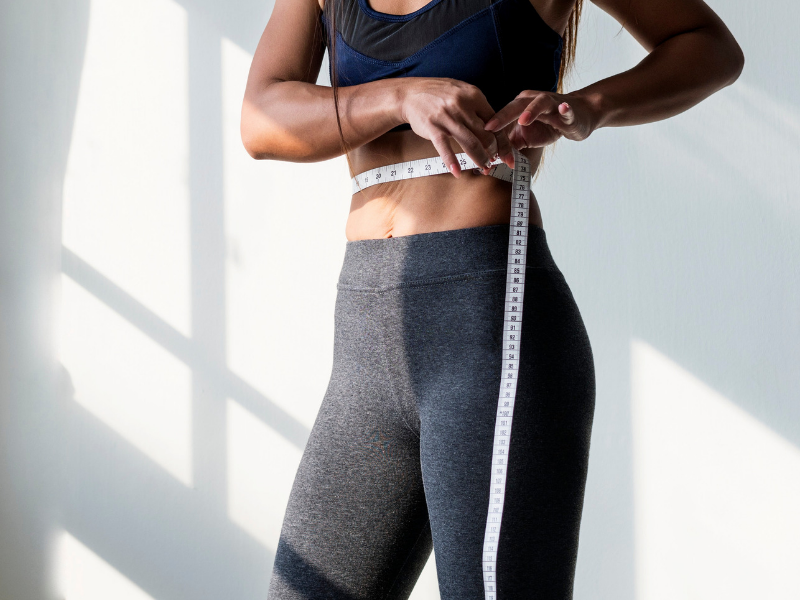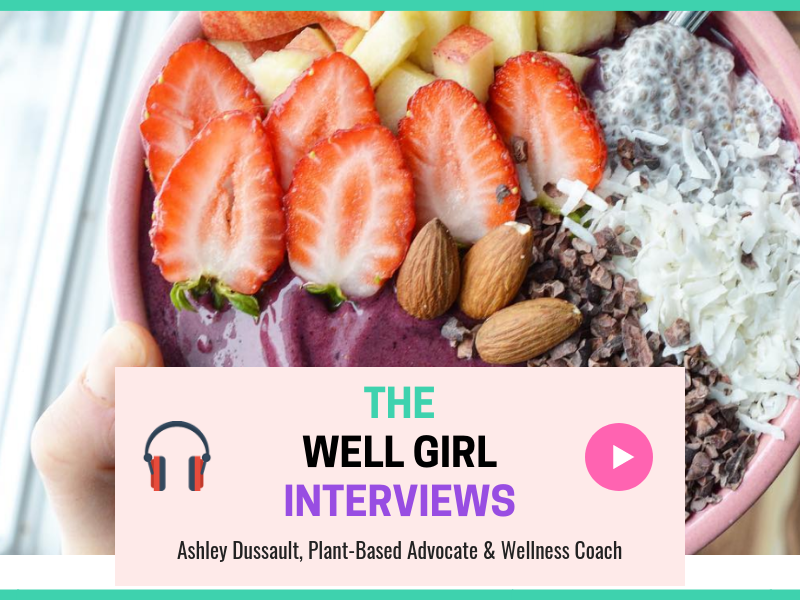Ack! Ah! Ouch! D-A-M-N. Is it that time of the month again? Period pains are no joke. And when it comes to relief for cramps, bloating, and abdominal pressure, sometimes we need more than Tylenol—or maybe you’re one those people who, like me, try their best to take the all natural approach. That’s why we have created a list of 11 medically proven ways to do just that.
The effectiveness of the following techniques truly varies among individuals. Therefore, even though they are backed by scholarly evidence, it is not given that your abdominal pain will be fully relieved. If the pain is consistent, we strongly suggest checking in with your doctor.
1. Eat more fruits and vegetables
This may sound basic, but first we must touch on the idea of where period pain originates from. As stated by Sustain Natural: ‘’We’re talking about period pain that starts right around when your period starts, feels achy or crampy and lasts for as long as three days. This is called primary dysmenorrhea. While it may also be accompanied by its nasty friends – nausea, vomiting, and diarrhea, backache, headache, and dizziness – this kind of period pain is, you might say, run of the mill. That’s a good thing because it means that it’s not likely being caused by any underlying medical issues, for example, endometriosis.’’
So where
Pro tip: The Mediterranean and vegetarian diets are most recommended to tackle period pains.
2. Increase your magnesium intake
Why magnesium? As stated by ARM: ‘’800-1200 mg of glycinate starting 3 days before your period and continuing through day 2, and you can continue taking 600 mg per day during the rest of your cycle.’’
Another plus? It has also been proven to help with migraines, food cravings, and even constipation.
Disclaimer: We recommend talking to your doctor to be properly diagnosed before consuming.
Making Wellness a Priority in 2019?
Here are our top wellness trends to look out for…
3. Increase your Vitamin E intake
Consuming more Vitamin E a few days before your period starts has been proven to aid with menstrual cramping after a period of one or two months. As summarized by Everyday Health: ‘’Some researchers believe that magnesium supplementation may benefit women with PMS. A recent study found that women with PMS who took magnesium supplements found that their PMS symptoms improved.’’
4. Try herbal tea blends
If you’re a tea fan, this may come easier to you than strict coffee lovers. However to ease both sides, certain tea blends such as ginger root and cinnamon bark are known to carry anti-inflammatory properties and pain-reliving affects—which are as followed:
Ginger: Aids nausea, cramping, bloating, and headaches.
Cinnamon root: Reduces pain, menstrual bleeding, nausea, and vomiting.
5. Take a hot bath
This advice is something your grandmother, mom, or aunt may have advised you to do in the past. And guess what? For most people, the benefits of a steaming bath, as stated by The Pampered Period Box, includes but are not limited to improved circulation, reduction of pain, headache, inflammation, and even
Additional fact: Old myths used to say that taking a bath on your period was unhealthy because the water can enter through the vaginal canal and further cause infection.
Although it is true that some water can enter the very front of the canal, it is biologically impossible for bath water to slip any further into the cervical opening and reach the uterus. So relax, and sit back!
Additional tips: If you’re afraid or uncomfortable about sitting in a dirty tub, try taking a bath sometime during the first or last stages of your menstrual cycle. However, in most cases, a person doesn’t release much blood at all while sitting in water.
6. Try taking fish oil supplements
That’s right—fish oil! It is thought by scientists that the amount of omega-3 acids found in fish oil can decrease inflammation. As stated by Ernst Schaefer, MD, stated in an interview with WEDMD: ‘’A lot of people have found that omega-3 fatty acids decrease inflammation and clearly there is inflammation that goes on [during menstruation]. So the findings would be consistent with everything we know about omega-3 fatty acids.’’
7. Use a heating pad
Placing a heating pad over the abdominal area and lower back can release tension and even go as far as relaxing the body.
Click here to find affordable heating pads on Amazon.
8. Try exercising more
It’s true! When we exercise our body releases endorphins (a body chemical that influences mood). As further examined by HowStuffWorks: ‘’Endorphins are produced as a response to certain stimuli, especially stress, fear or pain. They originate in various parts of your body—the pituitary gland, your spinal cord and throughout other parts of your brain and nervous system—and interact mainly with receptors in cells found in regions of the brain responsible for blocking pain and controlling emotion.’’
9. Using essential oils
It is believed that message therapy can help ease period pains. In a 2010 study it was reported that 23 women who suffered from endometriosis found significant relief after implementing this technique. Popular picks may include lavender, clary sage and marjoram oil.
Click on this link to learn more about message therapy.
Get our FREE Ebook
Make wellness a habit every day…
10. Try out acupuncture
Although research is still being conducted, it was summarized by Everyday Health that studies found ”both acupuncture and acupressure could reduce pain, but concluded that more evaluation was needed.”
11. Try over the counter pain relievers
Of course, our last resort is pain relievers. It is important to keep in mind of the pros and cons to this option. Here are some of our findings: Tylenol can relieve pain, but does not reduce inflammation because it is not an NSAID (non-steroidal anti-inflammatory drug) like Advil or Aleve.
High blood pressure, heart attack, stroke and some of the rather serious cons of over the counter relief. As reported by Kind Health Holdings: ”In 2005 and reiterated in 2015, the FDA warned that
As reported by the National Kidney Foundation, ”NSAIDS such as ibuprofen, aspirin and naproxen ‘can cause chronic kidney disease known as chronic interstitial nephritis.’ However taking pain-relieving pills can be particularly dangerous for people with compromised kidneys.”
Our conclusion? Take pain relief pills with caution and be mindful of the recommended dosage.



